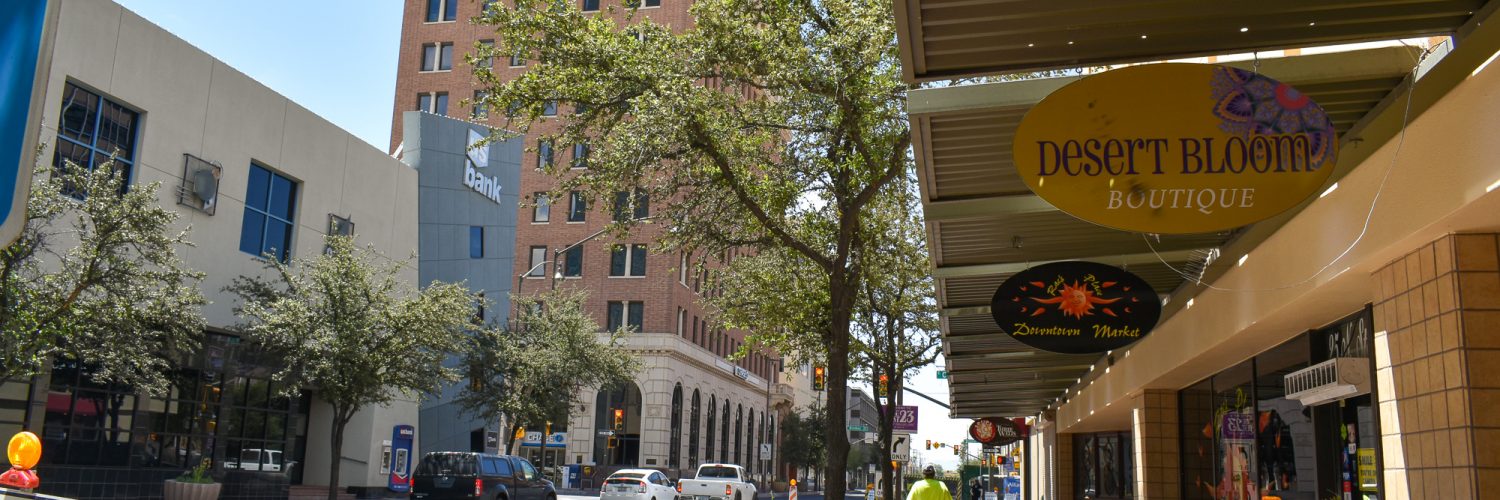According to an April National Federation of Independent Business report, small businesses remain a strong point in the national economy.
The report highlighted that 20 percent of small-business owners plan to create new jobs. Moreover, 12 percent of firms added three workers to their company month-over-month – an impressive number for small businesses.
According to the U.S. Small Business Administration, 99.4 percent of Arizona’s businesses are small. Additionally, 44.5 percent of Arizona employees work for a small business; in fact, they employ over a million people in the state.
“Small businesses actually represent over half of the economy,” NFIB state director Chad Heinrich said. “Really, it spans all business sectors. If you look at terms of employment, it’s kind of surprising actually when you see certain industries like construction and agriculture are largely driven by small businesses. Looking at the Small Business Administration’s numbers, you can see that construction, real estate, and agriculture — the jobs in those sectors — are primarily small business jobs, and I’m talking over 80 percent in each sector.”
However, with the strength of the economy and the job market, small businesses are sometimes struggling to find the right talent for their business needs. In fact, the same NFIB study found that 57 percent reported hiring or trying to hire, but 86 percent of those hiring reported few or no qualified applicants for their open positions.
“The difficulty that we get in is we’re experiencing the longest recovery in our nation’s history,” Heinrich said. “Being half of the economy, small businesses are one of the driving forces behind that strong economy. But because of the labor force and low-line employment rate, we see strains in those sectors like construction and even in the agriculture sector that are largely driven by small-business owners.”
Nevertheless, the competitive labor market has positive effects for workers, as well. Because more firms are competing for the best talent, they offer higher wages, more schedule flexibility, and more benefits. In fact, last October, Phoenix small-businesses posted a 4.92 percent wage increase over last year’s wages, and employees generated over $90 more in weekly earnings than the second-ranked city, Riverside, CA.
Heinrich cites both the Tax Cuts and Jobs Act and the reduction in regulatory hurdles as two of the central drivers of small business growth, currently.
“From NFIB’s perspective, small businesses are growing right now mainly because of the Tax Cuts and Jobs Act that was passed in 2017; in the short term, we would like to see the tax provisions that impact individual taxpayers become permanent,” Heinrich said. “In addition to that, you’ve seen the rollback of needless regulation that we’ve been able to curtail both over the state and national level — and that helps small businesses as well.”
Heinrich also emphasizes the importance of minimum wages remaining constant and not increasing any time in the near future. To offset an increase in the minimum wage, small businesses will have to increase prices. This increases prices for consumers, which reduces their purchasing power and, in effect, detracts from their disposable income. Facing higher prices, consumers will naturally take their business to other, more affordable options. This could lead to the closure of small businesses who can’t keep up with the low prices that larger corporations can offer.
“Minimum wage increases in general are a very bad idea,” Heinrich said. “Right now, we are experiencing this recovery, and this minimum wage is one of the biggest problems we have in expanding the workforce. One of the best ways to destroy the economy is to increase the minimum wage.”
















Add comment